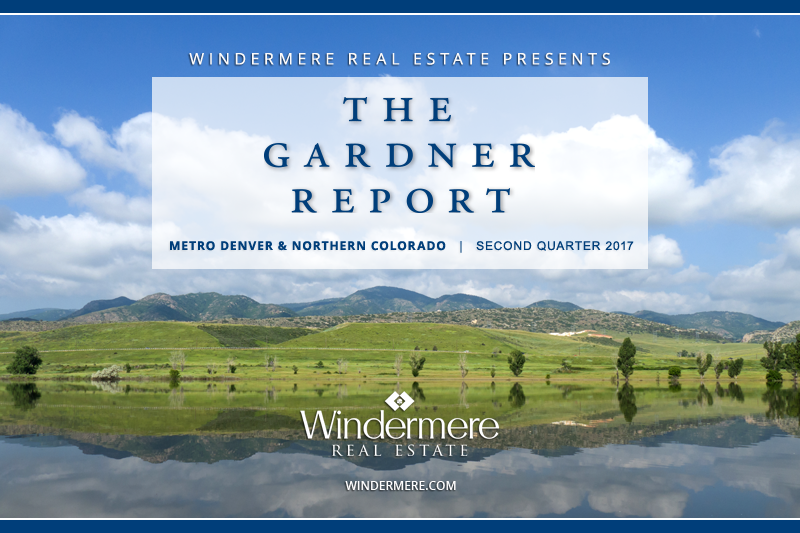The national homeownership rate is a very interesting statistic to track. It is simply the percentage of households in the country which are owned by the occupant (versus rented).
Did you know that during the 30 years between 1965 and 1995 the homeownership rate stayed between 63% and 66%?
Then everything changed as government policies were put in place to encourage a higher percentage of homeowners. During the housing bubble the rate approached 70%.
As the bubble burst, this percentage fell rapidly and eventually bottomed out at 62.9%. Today it sits at 63.7% which is right inside the range of where it was between 1965 and 1995. As we see it, it’s right where it needs to be.
The fact that the homeownership rate sits at “normal” levels is one of three reasons we don’t see a national housing bubble today.
The President of Windermere Colorado, Eric Thompson, created a short video for you which shows you all three reasons. To watch the video, CLICK HERE.
